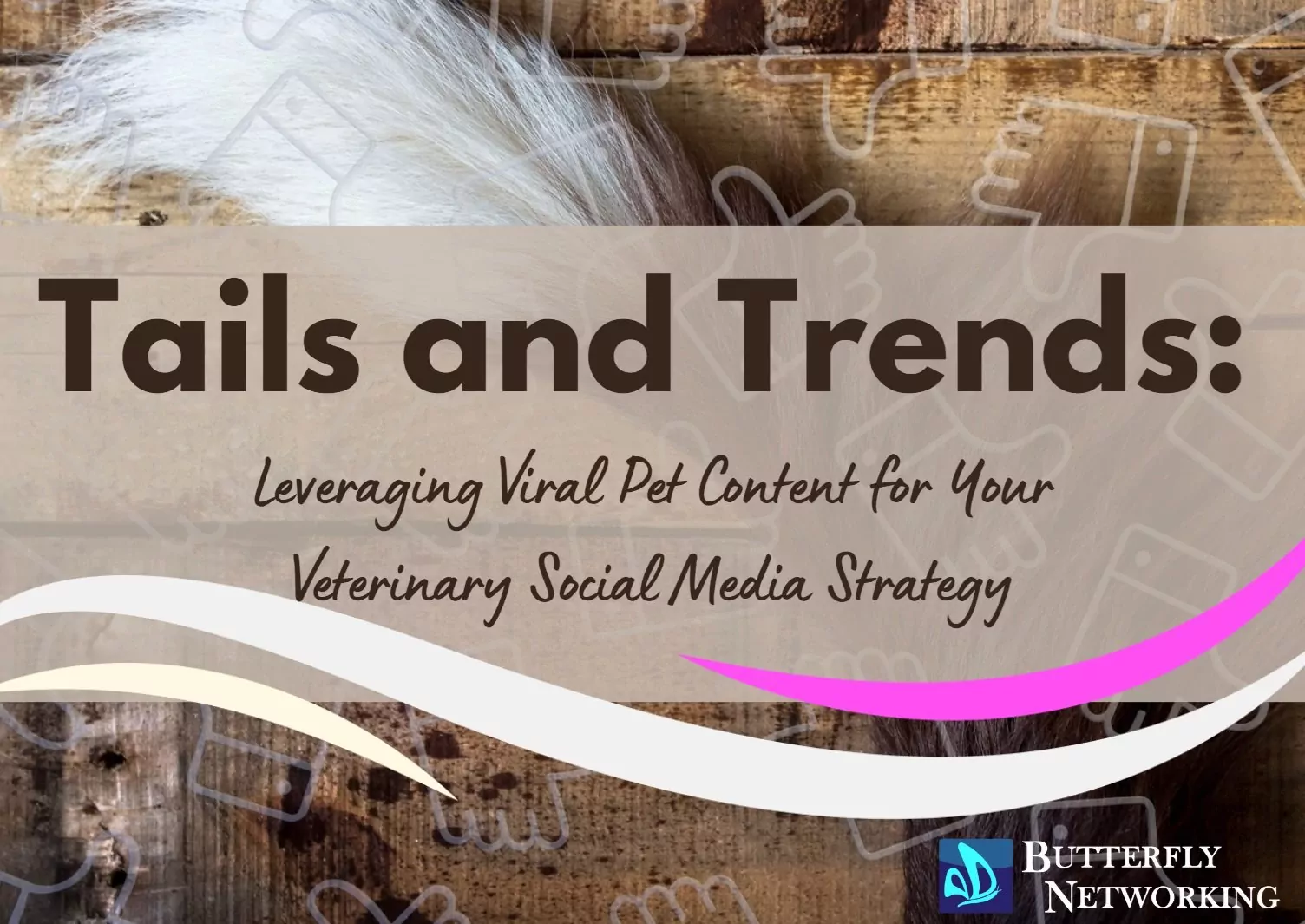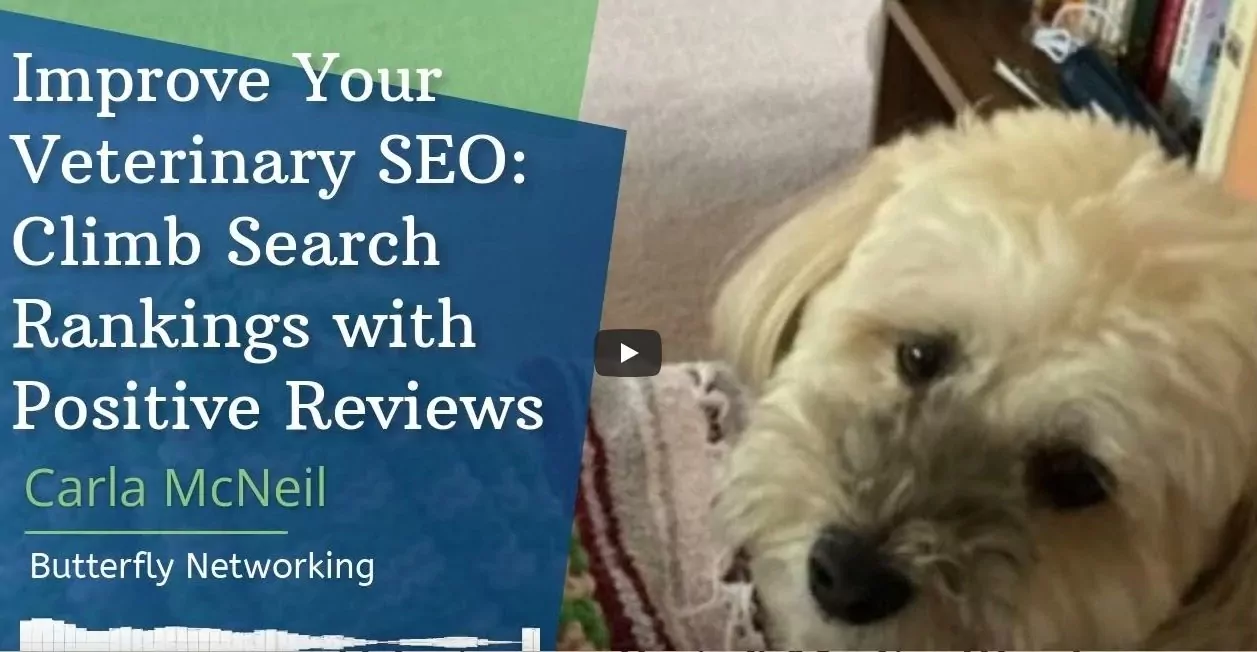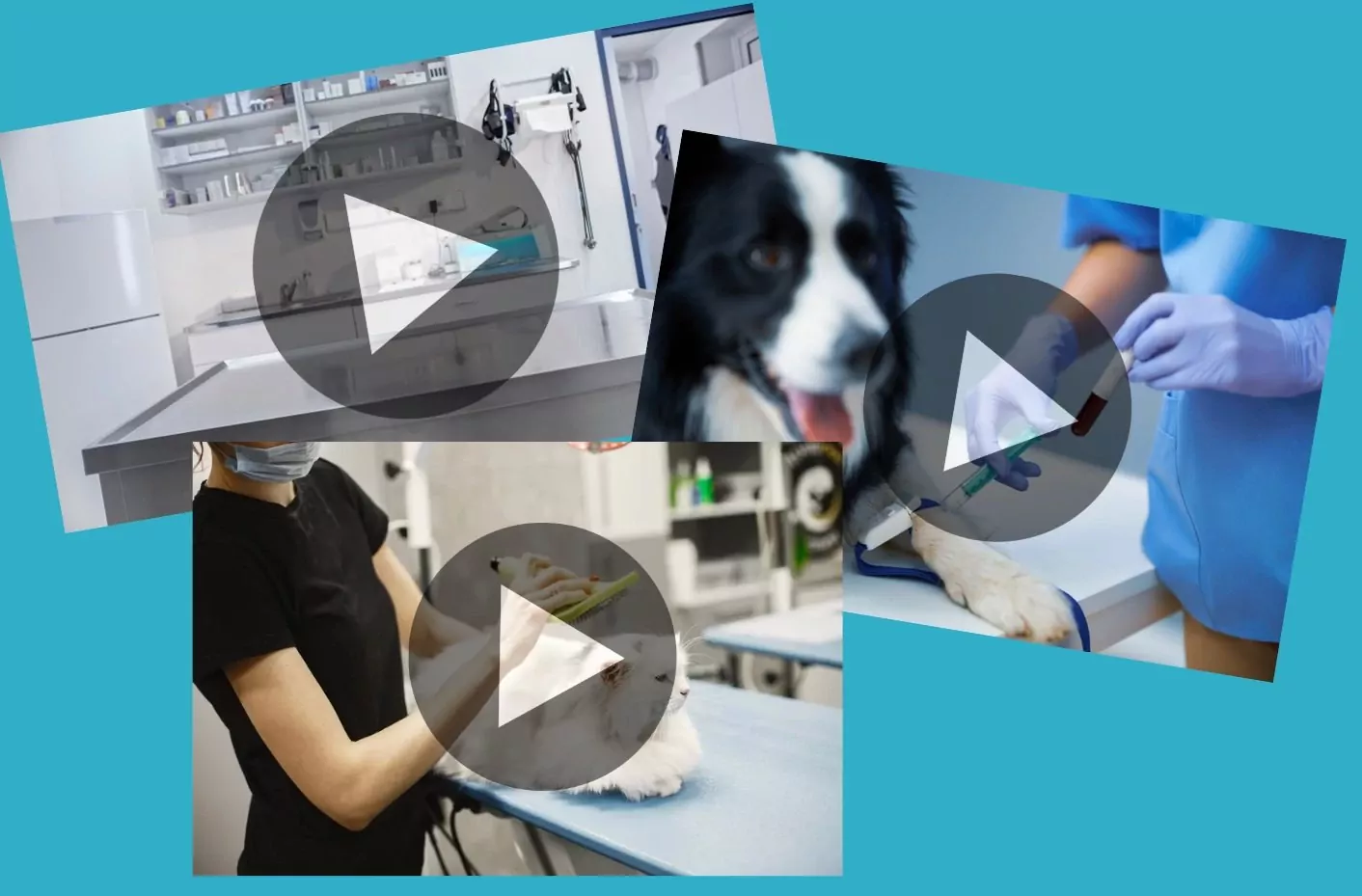Tails and Trends: Leveraging Viral Pet Content
for Your Veterinary Social Media Strategy

The Viral Pet Phenomenon:
Understanding the Landscape

In the world of social media, pets reign supreme. From grumpy cats to doggo speak, animal content consistently captures hearts, likes, and shares across platforms. But as a veterinary professional, how can you tap into this phenomenon without compromising your authority?
The key lies in understanding what makes pet content go viral. According to a recent study, pet videos are 67% more likely to be shared than other types of content on social media. This isn't just about cute faces – it's about emotional connection, relatability, and the universal language of animal companionship.
Consider these elements of viral pet content:
1. Unexpected behaviors or situations
2. Heartwarming interactions between pets and humans
3. Humorous mishaps or expressions
4. Impressive skills or tricks
Your challenge is to blend these elements with valuable veterinary insights. Remember, you're not just competing for attention – you're establishing your practice as a trusted source of both entertainment and expertise.

Now that we understand what makes pet content shareable, let's dive into creating viral-worthy posts that align with your veterinary expertise.
Start by identifying common pet behaviors that often go viral – like a cat knocking objects off a table or a dog tilting its head quizzically. Now, add your veterinary spin. For instance:
- "Why does your cat knock things over? It's not just to annoy you! Here's the science behind this feline behavior..."
- "That adorable head tilt isn't just cute – it's your dog's way of improving their hearing. Learn more about canine sensory behaviors..."
Use these hooks to lead to more substantial educational content. This approach satisfies the viewer's desire for entertaining content while sneaking invaluable information.
Here's a power move: Create a weekly "Viral Vet Check" series. Take a trending pet video and break it down from a veterinary perspective. Is that viral "talking" husky actually displaying signs of anxiety? Does the "smiling" cat need a dental check-up? This not only piggybacks on popular content but also showcases your expertise.
Remember, timing is everything in the world of viral content. Use tools like Google Trends or BuzzSumo to identify rising pet-related topics and create content that rides the wave of popularity.

While viral content can significantly boost your reach, it's crucial to maintain your professional integrity. The goal isn't just to be popular – it's to be a trusted source of veterinary information.
Consider this strategy: The 70-20-10 rule of veterinary social media content.
- 70% Educational content with viral potential
- 20% Direct engagement with your audience (Q&As, polls, contests)
- 10% Promotional content for your practice
This balance ensures you're providing value, building relationships, and growing your business – all while staying relevant in the fast-paced world of social media.
Here are some ideas to blend viral appeal with veterinary wisdom:
1. "Expectation vs. Reality" posts comparing common pet misconceptions with veterinary facts
2. "Day in the Life" videos showcasing behind-the-scenes at your clinic, with a focus on heartwarming or amusing
moments
3. "Pet Parent Fails" series where you humorously (and gently) correct common mistakes in pet care
Pro tip: Collaborate with local pet influencers. Their audience is already primed for pet content, and your expertise adds value to their posts. It's a win-win that can exponentially increase your reach.

Just as pet health concerns change with the seasons, so do viral pet trends. By aligning your content with these seasonal shifts, you can tap into existing conversations and boost your visibility.
Spring:
- "Expectant Pet Parent" content (many litters are born in spring)
- Allergy-related humor (sneezing pets are oddly shareable)
Summer:
- Water-related pet adventures (from pool antics to beach trips)
- "Cool Pets" series (creative ways animals beat the heat)
Fall:
- Halloween costume safety (with a showcase of the cutest and safest options)
- "Leaf Pile Jumpers" (always a hit with dogs)
Winter:
- "Pets vs. Snow" compilations
- Holiday hazards (presented in a lighthearted but informative way)
The key is to prepare your seasonal content in advance, allowing you to react quickly when a related topic starts trending. Remember, in the world of viral content, being early is often more important than being perfect.

In the pursuit of viral content, it's easy to get caught up in vanity metrics like likes and shares. But as a veterinary professional, your goals should extend beyond mere popularity.
Consider these metrics for measuring the true impact of your viral content strategy:
1. Website traffic from social media sources
2. New client acquisitions attributed to social media
3. Engagement rate (comments and shares are more valuable than likes)
4. Brand sentiment (are people speaking positively about your practice?)
5. Client retention rates
Use tools like Facebook Insights and Instagram Analytics to track these metrics. But don't stop there – survey your clients to understand how your social media presence influences their perception of your practice.
Here's a game-changing idea: Create a "Social Media Special" – a discounted service or free add-on for clients who mention your viral posts. This not only incentivizes engagement but also allows you to directly track the impact of your content on your bottom line.
Remember, going viral is not an end in itself – it's a means to build your practice, educate pet owners, and ultimately improve the lives of the animals under your care.

As we wrap up our exploration of viral pet content, it's crucial to address the ethical considerations. As a veterinary professional, you have a responsibility that extends beyond getting clicks and shares.
First and foremost, never compromise an animal's well-being for the sake of a viral post. This means:
- Not encouraging potentially harmful behaviors for the sake of a cute video
- Being cautious about sharing user-generated content that might depict unsafe practices
- Using your platform to educate about responsible pet ownership
Consider creating a "Viral Responsibility" checklist for your social media team. Before posting any content, ask:
1. Does this promote safe and healthy pet care practices?
2. Could this be misinterpreted or encourage harmful behavior?
3. Are we respecting the privacy and consent of pet owners and patients?
4. Does this content align with our practice's values and professional standards?
Remember, your role is not just to entertain, but to elevate the conversation around pet health and welfare. By doing so, you'll build trust with your audience and establish your practice as a beacon of integrity in the often chaotic world of viral content.
In conclusion, leveraging viral pet content can be a powerful tool in your veterinary social media management strategy. By blending entertainment with education, staying attuned to trends, and maintaining ethical standards, you can create content that not only goes viral but also makes a positive impact on pet health and your practice's success. Remember, in the world of veterinary social media, it's not just about being seen – it's about being trusted, respected, and valued.
We would love to help you implement these seasonal strategies. Check out our introductory offer, these strategies can be seamlessly incorporated https://butterflynetworking.ca/social-media-influencer-package
